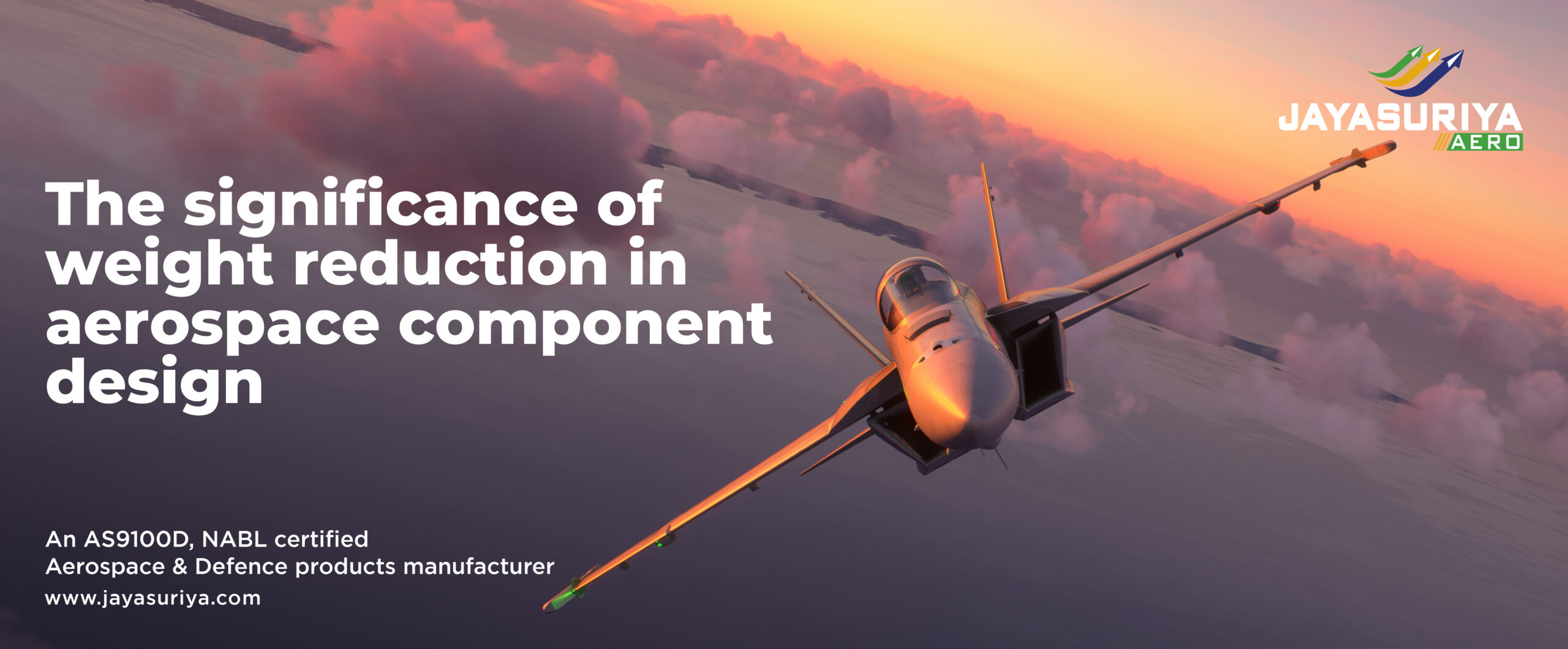In the aerospace industry, weight reduction is a critical factor influencing aircraft performance, fuel efficiency, and environmental impact. As global air travel continues to rise, the demand for more efficient and eco-friendly aircraft has intensified. This article delves into the significance of weight reduction in aerospace component design, exploring strategies, materials, and technological advancements that contribute to lighter and more efficient aircraft.
The Importance of Weight Reduction
Reducing the weight of an aircraft directly impacts its operational efficiency. Lighter aircraft require less thrust to achieve and maintain flight, leading to lower fuel consumption and reduced greenhouse gas emissions. For instance, a 20% reduction in aircraft weight can result in a 10-12% improvement in fuel efficiency. This not only translates to cost savings for airlines but also contributes to environmental sustainability by decreasing the carbon footprint of air travel.
Moreover, weight reduction enhances flight performance, including better acceleration, increased structural strength, and improved safety. In military applications, lighter aircraft can achieve superior maneuverability and extended range, providing tactical advantages.
Advanced Materials in Aerospace Design
The selection of materials plays a pivotal role in achieving weight reduction. Traditional materials like aluminum alloys are increasingly being supplemented or replaced by advanced composites and lightweight metals.
- Composite Materials: Carbon-fiber-reinforced polymers (CFRPs) offer exceptional strength-to-weight ratios, making them ideal for various aircraft components. Their high stiffness and resistance to corrosion contribute to both weight reduction and durability.
- Advanced Alloys: Magnesium and titanium alloys are notable for their low density and high strength. These materials are utilized in critical components where weight savings are essential without compromising structural integrity.
Innovative Design Techniques
Beyond material selection, innovative design approaches are essential for minimizing weight.
- Topology Optimization: This computational technique involves optimizing the material layout within a given design space, ensuring that material is placed only where necessary to meet performance requirements. The result is a component that maintains structural integrity with minimal weight.
- Additive Manufacturing (3D Printing): This technology enables the production of complex geometries that are challenging to achieve with traditional manufacturing methods. Additive manufacturing allows for the creation of lightweight structures with optimized strength, reducing material waste and enabling design flexibility.
Structural Optimization Strategies
Structural optimization focuses on refining the design of components to achieve weight reduction while maintaining or enhancing performance.
- Size Optimization: Adjusting the dimensions of structural elements to the minimum required for strength and stiffness helps eliminate excess material.
- Shape Optimization: Modifying the external geometry of components to improve load distribution and reduce stress concentrations contributes to weight savings.
- Topology Optimization: Determining the optimal material distribution within a component ensures that material is used efficiently, resulting in lightweight yet robust structures.
Manufacturing Considerations
The manufacturing process itself significantly influences the feasibility of weight reduction strategies.
- Advanced Manufacturing Technologies: Techniques such as additive manufacturing and advanced metal forming allow for the production of components with complex geometries and tailored material properties, facilitating weight reduction.
- Design for Manufacturability (DFM): Collaborative efforts between designers and manufacturers ensure that weight reduction features are practical and cost-effective to produce. For example, designing components with standard wall thicknesses and avoiding unnecessarily small pockets can reduce machining time and costs.
Case Studies and Real-World Applications
Several aerospace projects have successfully implemented weight reduction strategies:
- Airbus’s “Albatross” Folding Wing: Inspired by the albatross bird, Airbus has developed a wing design featuring a folding mechanism that extends during flight for improved efficiency and folds upon landing to fit standard airport gates. This design utilizes lighter carbon fiber materials, contributing to significant fuel savings and reduced emissions.
The Times - Natilus’s Blended Wing Body Aircraft: Natilus is developing a blended wing body aircraft capable of carrying up to 200 passengers. This design reduces fuel consumption by over 25% compared to traditional aircraft, thanks to its aerodynamic efficiency and lightweight structure.
The Scottish Sun
Challenges and Future Directions
While the benefits of weight reduction are clear, several challenges persist:
- Material Costs: Advanced composites and lightweight alloys can be more expensive than traditional materials, impacting production costs.
- Manufacturing Complexity: Producing components with optimized designs may require specialized manufacturing processes and equipment.
- Regulatory Compliance: Ensuring that new materials and designs meet stringent aerospace standards and certifications is essential for safety and airworthiness.
Looking ahead, ongoing research into novel materials, such as graphene and nanomaterials, holds promise for further weight reductions. Additionally, advancements in computational modeling and simulation will enhance the ability to design and test lightweight components more efficiently.
Conclusion
Weight reduction in aerospace component design is a multifaceted endeavor that combines material science, innovative design, and advanced manufacturing techniques. By prioritizing weight reduction, the aerospace industry can achieve significant improvements in fuel efficiency, environmental sustainability, and overall aircraft performance. As technology continues to evolve, the pursuit of lighter and more efficient aircraft will remain a central focus, driving the industry toward a more sustainable future.

